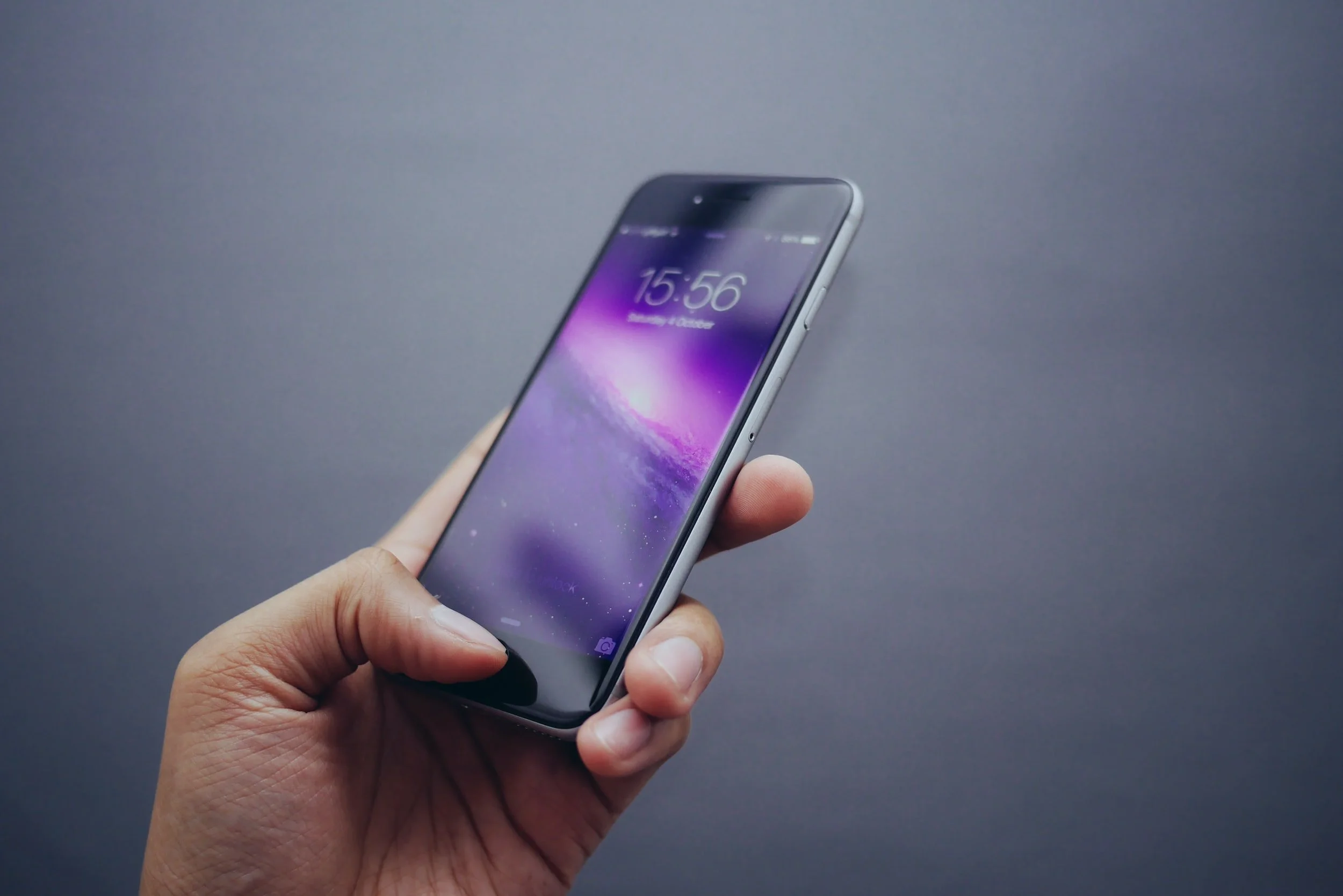One of the greatest inventions of the past 40 years is caller ID, which gives you insight into who’s giving you a call before you answer the phone. And with 97% of the American population holding a cell phone of some kind, almost the entire nation has access to this key security feature.
While you know not to answer a call from a number you don’t recognize, it’s easy to pick up when it’s a familiar area code or even a familiar name. The thing is, you can’t always believe everything you see on the caller ID.
Scammers use a tactic called “phone spoofing” to manipulate you into taking their call. Here’s everything you need to know.
What Do We Mean By "Spoofing Phone Numbers?"
Call spoofing sounds a lot more fun than it really is. But in fact, it’s no laughing matter. Caller ID spoofing is when a scammer falsifies the information sent to your caller ID in order to disguise their identity.
Often, scammers will make it appear as if the call comes from a local area code or even a government agency you may trust. When you answer, you may fall victim to their fraudulent scams and put yourself at risk of getting personal information compromised.
How Does Spoofing Phone Numbers Work?
Most scammers can spoof phone numbers with an IP phone connected to the internet rather than cell service. With these types of services, individuals can decide exactly what they want to be displayed on the phone’s screen during the call.
This software also allows robocalls and spam calls to be easily made to multiple numbers at one time. This is why phishing scams and fraudulent activity are such rampant problems across the country, and it only becomes more of a risk since caller ID information can be so easily manipulated.
Why Are Spoofed Phone Numbers Used?
Scammers can use spoofed phone numbers to make it appear as if a more familiar number is calling you. For example, they know you’re not likely to pick up the phone for a random number. But using a local area code or name of a familiar business can help widen a scammer’s list of potential targets in their phone book.
Spoofing phone numbers for fraud or other activity is illegal. However, you can use “inaccurate caller ID” information if personal privacy and security are your goals. In fact, we recommend this.
By using apps like Burner, you can make calls from your primary phone under the guise of a secondary phone number. This means that when you call another number from your personal phone, the person on the other end won’t be able to identify your personal digits. They’ll just see the burner number on their caller ID.
How Should You Handle Spoofed Phone Numbers?
You shouldn’t answer calls from an unknown number, but it can be easier said than done if the number looks familiar to you. If you feel like you’re falling victim to a trick or scam, there are a few things to keep in mind.
For one, if you answer the phone and you begin to hear a pre-recorded message, just hang up the phone. Don’t push any buttons or speak into the other end, as this will alert scammers that your phone number is real, making you a potential target.
If you are being pressured for information immediately, use caution. Tactics like time sensitivity, urgency, and threats are common among scammers to try to elicit the desired response from you. Never give out personal information over the phone if you have any doubts whatsoever.
Finally, talk to your mobile carrier about blocking robocalls or spam calls. Most carriers allow you to block calls and texts easily. For instance, you can forward spam messages to SPAM (7726) to alert your carrier of spam and block the number from contacting you again.
Also, the Federal Trade Commission (FCC) has a Do Not Call list where you can file a complaint about unwanted robocalls while also placing yourself on a registry so that telemarketers do not reach out to you.
If you’re not able to stop spam calls, you can still take some steps to reduce the risk of them obtaining your personal information. Apps like Burner never allow unknown callers to gain access to your primary number, so you can have peace of mind that your personal passwords and account information is safe.
Conclusions
Caller ID spoofing is a common tactic used by phone scammers in which the caller ID information is falsified to make it appear as if the incoming call is being made by someone else. Typically, they’ll make it appear as if the number is coming from a local area code or a familiar government agency.
Spoofed phone numbers can make it more difficult to trace the original origin of a phone call, which helps to protect the identity of the individual making the call. While it’s illegal when this tactic is used for fraudulent activity, it is completely legal to do this if you’re just trying to protect your own private information.
Using the Burner number is an easy way to defend yourself from spoofed calls. Unknown callers will never see your real phone number by rerouting your second number back to your personal number.
This helps to guard your privacy and reduce the risk of getting your personal information solicited. Start your 7-day free trial with Burner today to see how its benefits make your life easier.
Sources:
Demographics of Mobile Device Ownership and Adoption in the United States | Pew Research Center



